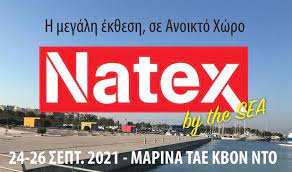
The 1st boat show in Athens with sea trials on the water

The 1st boat show in Athens with sea trials on the water
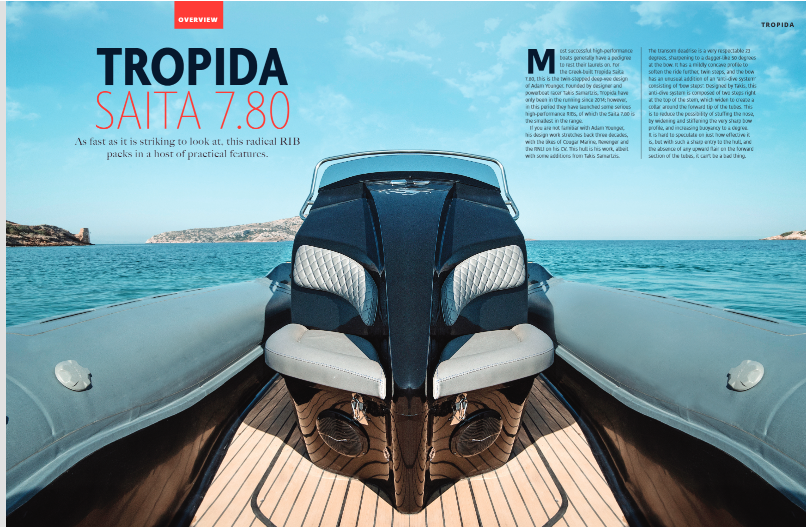
Powerboat & Rib magazine on the latest issue has an overview about SAITA 7,80 m . You will discover why SAITA is not an ordinary rib.Read more following the linkhttps://edition.pagesuite-professional.co.uk/html5/reader/production/default.aspx?pubname=&edid=80f27b7e-ba1f-4e0c-a968-8682f230f96b
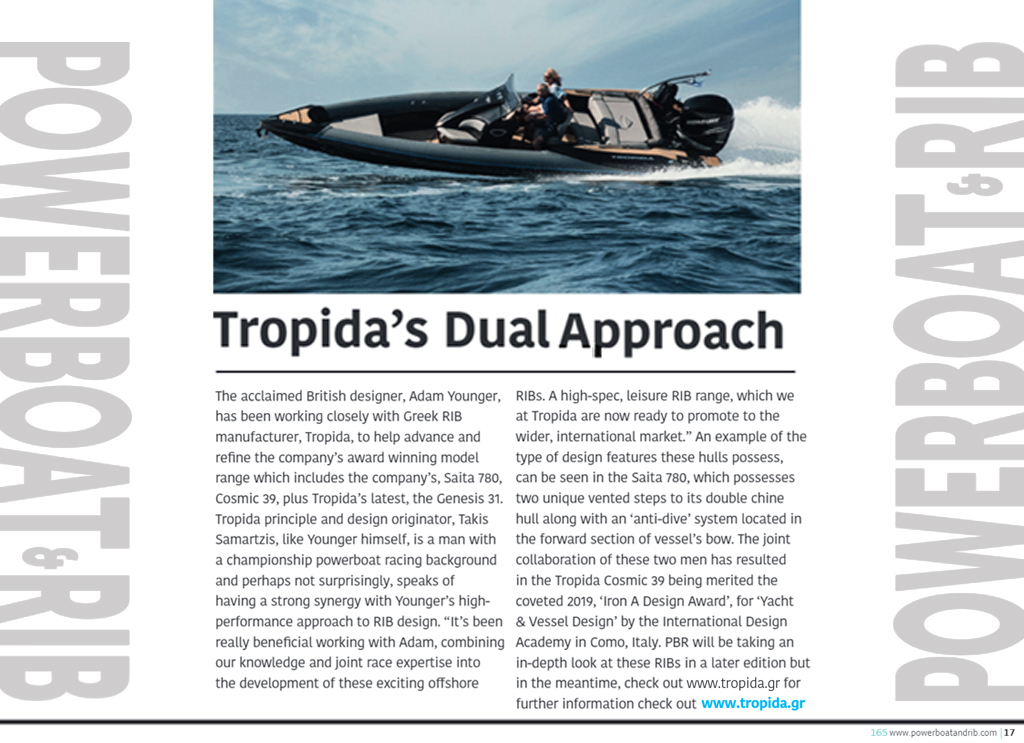
The international magasin for ribs and boats POWERBOAT & RIBS refered to TROPIDA and the co-operation with the designer ADAM YOUNGER . More about TROPIDA and its ribs in the forethcoming issues.Stay tuned
SKIPPER BOOTSHANDEL MAGASIN
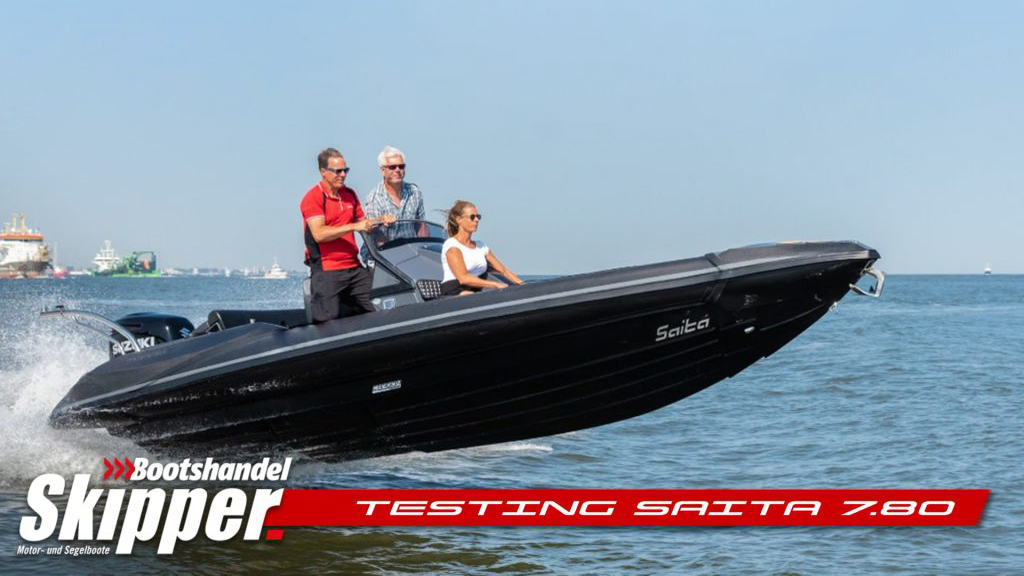
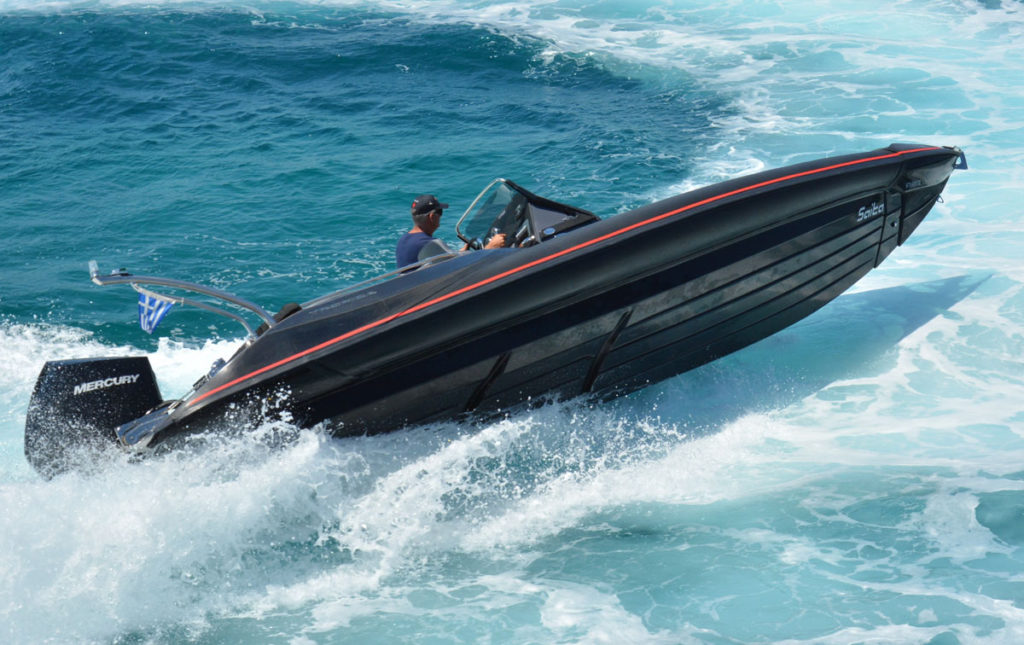
E-RIBBING portal magasin for ribs and Thomas Panagiotopoulos tested SAITA CARBON EDITION .Find out more at the link www.e-ribbing.com/en/rib-tests/765-saita-7-80-%E2%80%93-4-6l-v8-verado-300hp-en.html
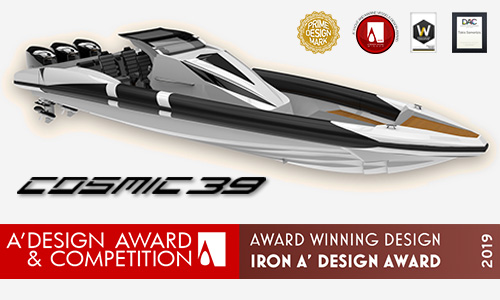
The awarded with the IRON A DESIGN AWARD & COMPETITION for YACHTS & VESSELS 2019 COSMIC 39 will be in theMUSEUM OF DESIGN at COMO ITALY from 15/10/2020 till 15/11/2020.
This is another one recognition of TROPIDA & the designer TAKIS SAMARTZIS
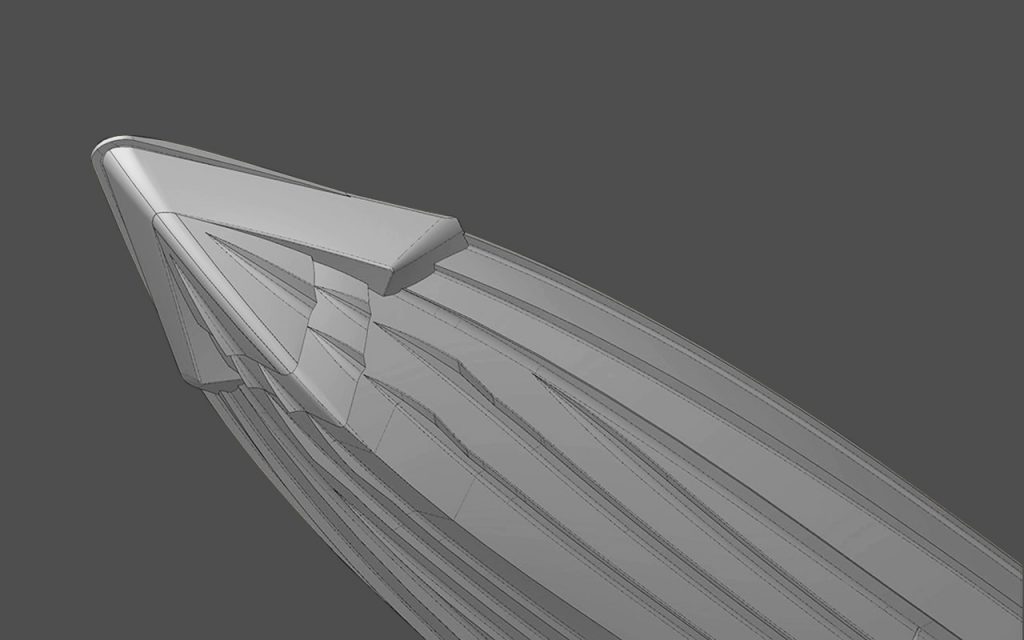
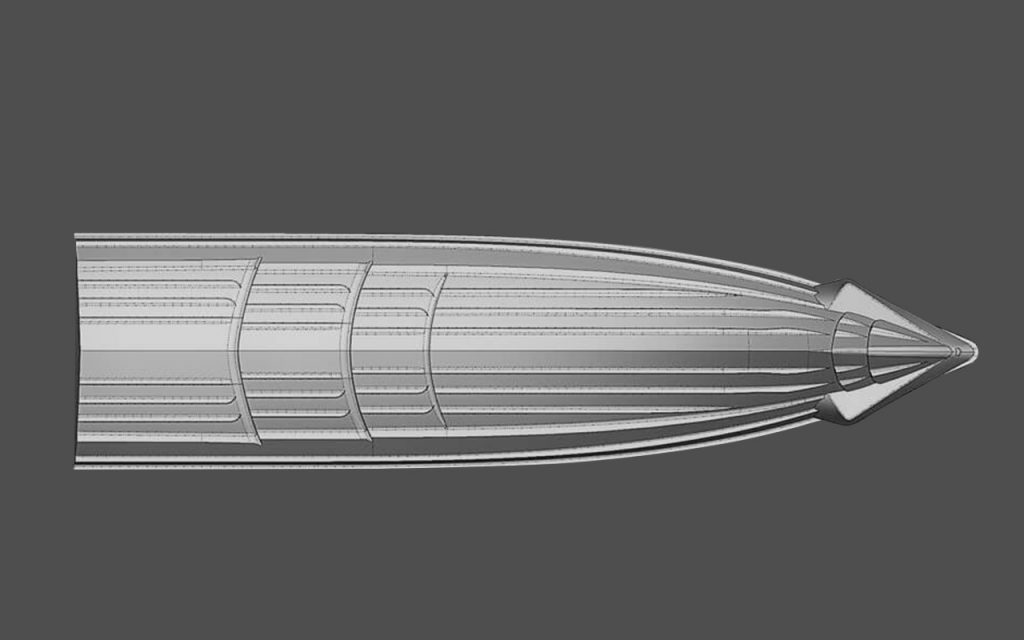
Hulls with steps or ” stepped hulls” are hulls which are divided into levels whose escalation is defined by the steps and we see them on the sides of the respective hulls. These levels trap air under the hull reducing the surfaces that come in direct contact with the water thus reducing friction but without reducing the support surface as in conventional hulls that try to achieve this reduction by raising the bow very high their. The staggered hulls acquire the so-called ventilation ducts which are the concave part that we see in their steps and which aim to introduce more air, stimulating even more their function.
WHEN DO STEP OPERATE? The steps work as soon as the boat is gliding and the higher its speed, the more intense their operation becomes
DO STEPS WORK IN WEATHER? As long as the wave height and speed of the boat allow it to be in constant contact with the sea surface, the steps work
ARE HOSTS WITH STEPS DEFICIENT IN TIME? The steps do not affect the operation of the hull at all. Its performance there is defined by the shape of the bow from the corner of V by its support surfaces and by the other shipbuilding elements. When the wave height becomes so high that the boat remains semi-planar, the steps stop working and the hull simply behaves like a simple single-hull.
HOW MUCH DO STEPS HELP A BOAT IN GENERAL OPEN TOUR SEA USE? First of all, the steps increase the performance vertically. Increasing performance means a vertical reduction in consumption. This is because the more efficient the hull becomes, the less power requirements it has. So when we want to travel with 27-30 knots for example we need to open the throttle much less than in a lower performance hull, so of course we have great economy.
The hulls with the steps can have increased stability at least at medium speeds since the support base they use is very important from a single seat as they can have their bow lower without raising the friction due to the air introduced by the steps from below.
IS A HULL WITH STEPS NECESSARY SPORTS OR COMPETITION? Definitely no . We will see wide American hulls using one and two steps utilizing their advantages at medium speeds
WHAT HAPPENS TO STEPS ON THE BOW? The steps in the bow work like those of the hull. So when the bow “cuts” the ripple during the special weather, the steps there reduce the resistances, thus reducing the braking that is observed in all, regardless of the hulls. When the use is tourist they improve the comfort of the passengers. When it is racing,they improve performance.
WHAT IS THE TRUTH ABOUT DEEP V HOSTS IN THEIR BEHAVIOR IN BAD WEATHER? Many times we will hear about boats that go amazing with 8 and 9 beauforts. Myth. First of all, we should not talk about Beaufort but about wave height. Because the wind affects differently depending on the area. Elsewhere the 6 beauforts are 1 meter wave and elsewhere 3. So all the planning hulls, whether with steps or not, can have their full performance up to about 1 meter wave. From there, they require manipulations, speed reduction, etc. in order to be able to operate.
Deep V hulls have much better behavior (softer cruising) in these conditions and as long as they can stay flat. Be careful though. The hull works with the bow and up to its middle parts. So it is wrong to evaluate and measure the hulls in the mirror and say “It has 25th in the mirror so it is deep V so it goes well”. The hull faces the weather as we said with the bow and up to its middle parts. From there and then the big corner is useless. In fact, it has a negative effect on both stability and the economy and performance.
WHY THEN DON’T THE HOUSES ARE COMPLETELY LEVELED IN THEIR STABLE? Because there is a maximum acceptable change of V from the bow to the stern. So if we start from a very large angle in the bow, we can not end up with a zero angle in the stern. At this point we will see that as the lengths of the boats increase the greater the margins there are to reduce the angle of the V to the stern. Achieving this balance to a large extent also determines the performance of the hull in difficult times.
WHY CANNOT WE HAVE A WIDE BOAT WITH A WIDE BOW THAT GETS LARGE INDOORS, BUT AT THE SAME TIME YOU TRAVEL AND COME ON? Because a second basic principle is the width of the hull. A bulky bow can not open the way to a high ripple because it has to drain too much water and its large surfaces will lead to a fatal blow. But also in the ejection of large quantities of water which will be grabbed by the wind and carried on the deck. And one would reasonably ask that “nice with the bow, at the stern why not have a large width?” Exactly for the same reason that happens with the depth of V. There must be a harmonious combination of bow and stern width so that there can be a good flow of water. So when we start from a narrow bow we will fatally end up in a narrow stern. Various shipbuilding tricks are often performed here, such as the “double chine effect” solution that we use in our hulls, trying to increase the width of the stern. But again, these would mean that you have to spend for these processes.

TROPIDA , designs and implement all his original designs of his boats. Takis Samartzis is the mastermind designer behind TROPIDA.
To ensure the intellectual property of these projects on 5.3.18 we submitted an application to the Industrial Property Organization (OBI) for the registration of our boats SAITA and COSMIC39. On 3.10.2018, the Design Registration Certificate was issued with number 6004328.

At 31.12.2018 our company certified by BUREAU VERITAS with ISO 9001:2015.
© 2025 Tropidaribs